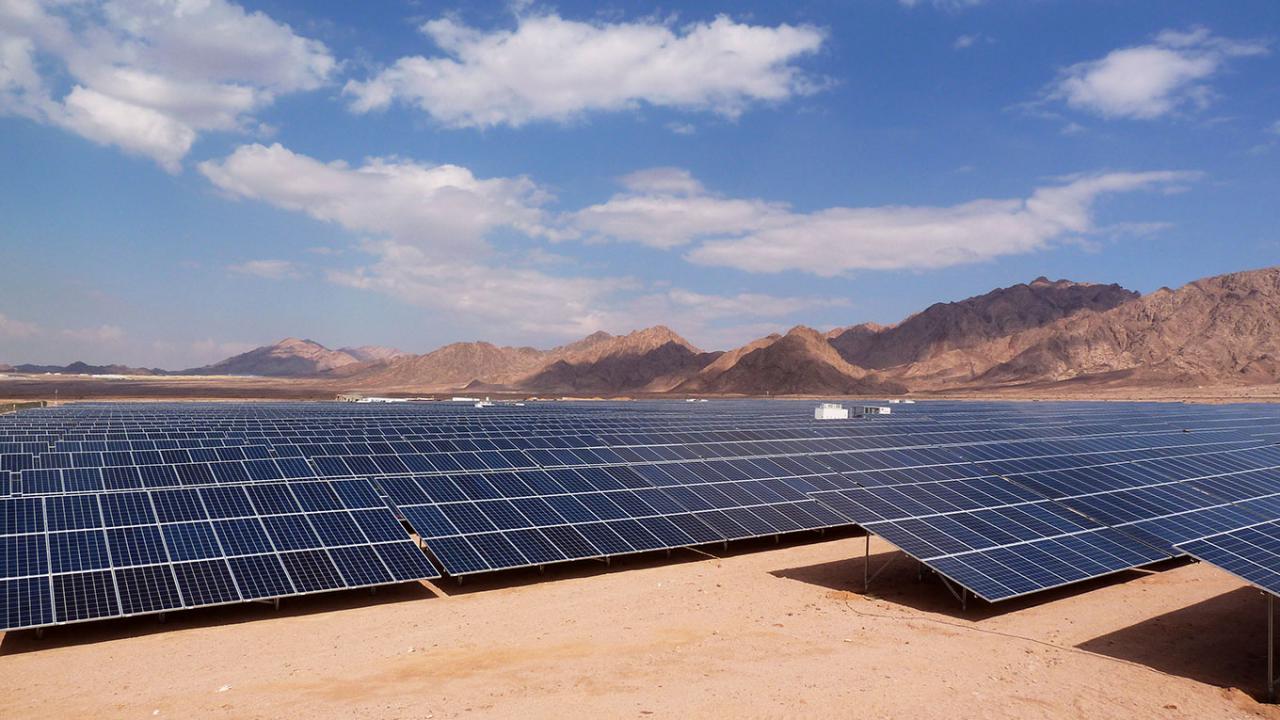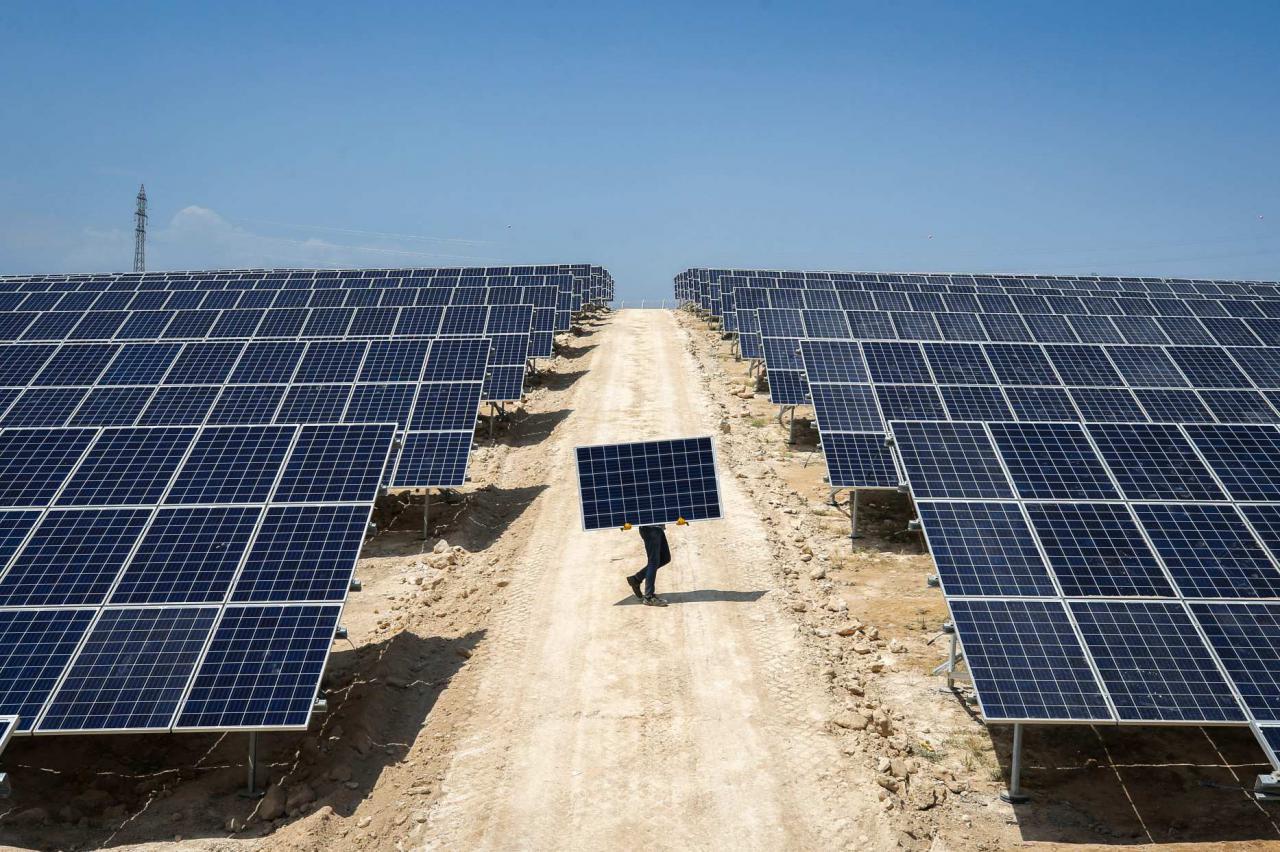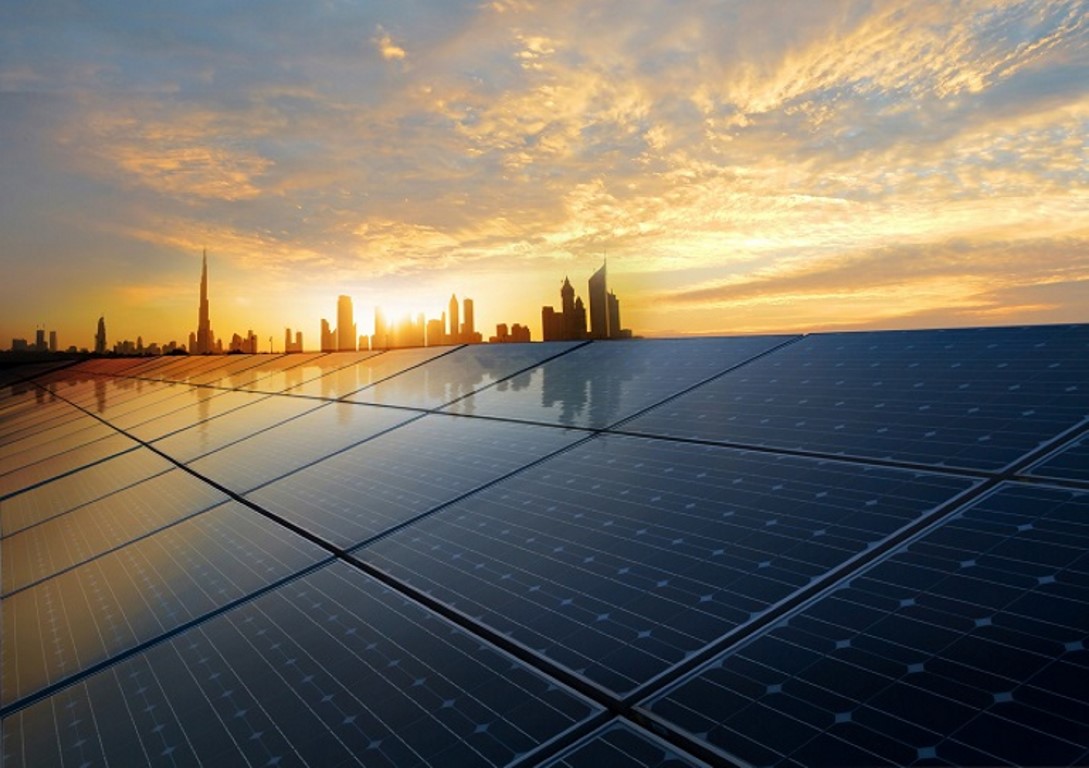So far, few details are available on how countries will meet these climate goals. However, both the UAE and Saudi Arabia back their goals with major investments, including building or expanding carbon-neutral cities. The UAE government says it will invest 600 billion dirhams (about 163 billion USD) in clean and renewable energy by 2050. The Saudi government estimates that investment through its Saudi Green initiative will amount to 700 billion Riyal. Saudi Arabia ($186 billion).
According to Bloomberg New Energy Finance, an energy consulting firm based in New York City, overall investment in renewable energy in the Middle East has increased sevenfold in a decade, from $960 million in 2011 to $6.9 billion by 2021. Saudi Arabia invested around $1.5 billion in Solar Power alone last year, and the UAE has put almost $9 billion into the technology since 2017. There’s a pretty profound shift we’re seeing in the region in terms of investment, according to energy systems at Heriot-Watt University, which is based in Edinburgh and also has a campus in Dubai. . However, currently, according to IRENA data from 2020, the region produces 4% less electricity from renewable sources, compared with 28% worldwide.

In the short term, regional countries are looking mainly to solar, wind and hydroelectric power to meet climate goals, Maroto-Valer said. Renewable technologies and nuclear power make up 13% of Abu Dhabi’s energy mix by 2021 and are expected to reach more than 54% by 2025, said Awaidha Al Marar, president of the Abu Dhabi Department of Energy. Egypt already hosts one of the largest solar plants in the world, at 1,650 megawatts, and Qatar plans to open an 800 megawatt solar site later this year.
High levels of solar radiation give Gulf states a natural advantage, and the cost of electricity from renewables in the Middle East has fallen to as low as 1 cent per kilowatt hour Project and 3 cents for wind on shore). This is a hugely competitive price.
Saudi Arabia and the UAE are counting on that low cost to spur another industry, a fuel produced by using renewable electricity to split water into hydrogen and oxygen. Saudi Arabia has the bold aim of becoming the world’s leading producer and exporter of hydrogen by the 2030s. It plans to achieve this through a plant under construction in a city that is not a city. A carbon future called Neom, is under construction in the northwest of the country.
In the longer term, Middle Eastern nations are eyeing carbon capture whether directly from hydrocarbon plants, or from the atmosphere by increasing the size of ecosystems. The Green Middle East Initiative, for example, includes a goal to plant 50 billion trees, reports that the world’s largest reforestation project, will restore an area equivalent to 200 million hectares of degraded land and combat desert . Duarte says that, historically, about 38% of global carbon production has been caused by habitat loss. That inversion should account for about a third of the climate solution, he said.

Both Saudi Arabia and the UAE will also rely on directly offsetting emissions, either by capturing carbon and storing it or using it to make materials such as plastics and cosmetics. But not everyone thinks this approach is sound. The UAE 2050’s energy strategy, for example, includes delivering 12% of energy through ‘clean coal’, whose emissions are captured. Moisio calls this a “red flag,” because the technology is expensive and has not proven economically viable. In general, it should be reserved for industries that are particularly difficult to decarbonise, such as cement and steel, she said.
The big players are Middle Eastern countries are also continuing to invest in oil and gas exploration. As is the case with most countries, export emissions are not considered part of the Net-Zero targets. Middle Eastern economies are less dependent on oil than they were a decade ago. According to World Bank data, oil income (specifically a metric called oil rents) accounted for 22.1% of gross domestic product (GDP) in the Middle East and North Africa in 2020. This value has dropped to 11.7% of GDP Significantly higher than the world average, less than 1%.
That said, Russia’s invasion of Ukraine, and the subsequent sanctions that have been imposed on Russia by Western countries, have also sent energy prices skyrocketing. Saudi Arabia’s oil company, Aramco, posted record earnings of $48.4 billion for the second quarter of 2022, up 90% from the same period in 2021. Western nations have urged members members of the Organization of the Petroleum Exporting Countries ((OPEC) to supply more oil, to replace Russian production OPEC producers agreed to a modest increase, but at the most recent meeting of the OPEC members and several related countries (including Russia), in early October that decision was controversial.As a result of restrictions on oil supply, prices went up, down. tensions between Saudi Arabia and the United States before COP27.

At COP26 in Glasgow, reports suggested that Saudi Arabia was among the countries that made a recommendation to phase out fossil fuel subsidies. So I would say there’s still a pushback, and I would say it’s understandable that their economy is still dependent on hydrocarbons,” Moisio said. But openly there has been an obvious shift and they don’t want to be seen as climate changers, she said.
Stopping fossil fuel exploration further would be an important signal, but we’ve already seen it, but she added. International Energy Agency Path to Net Zero by 2050, which will need to be followed if global warming is limited to 1.5 C, excluding new investment in oil production gas.
However, Maroto-Valer says fossil fuels will still be needed for a while in countries that lack the necessary infrastructure to generate renewable forms of energy and a fair transition that includes including no penalties for countries exporting to those countries. “I think we should aim to reduce [oil exports], but it is not just the responsibility of the country that produces it,” she added.
Duarte realized that Saudi Arabia’s previous environmental strategy was not enough. There is a lot of room to catch up with other countries, but the pace of progress is steady and the strategy makes sense, he said. Projects to address other environmental concerns in the region, such as coral reef conservation, are now supported by billions of dollars in investments, he added. I hope the rest of the world can finally see what I see, and have my optimism.



